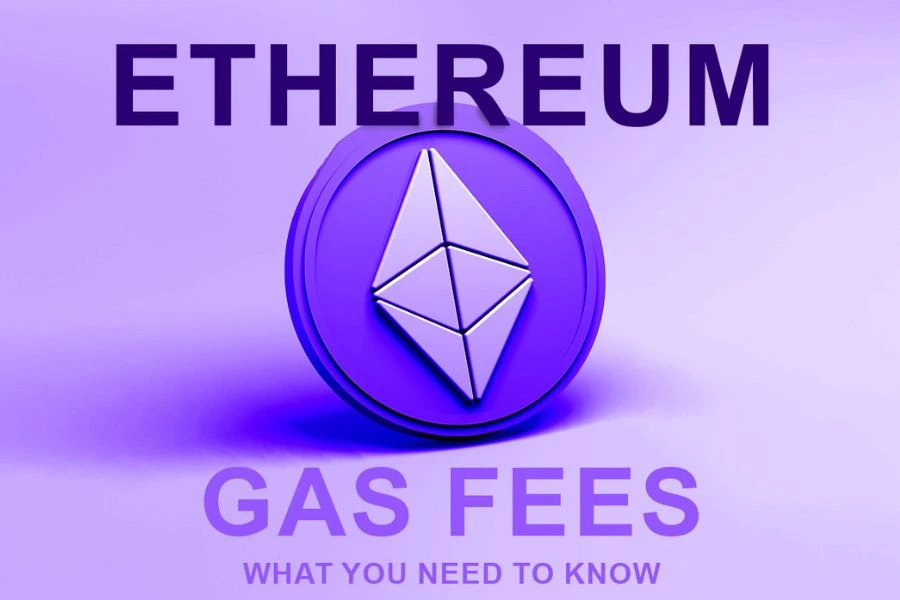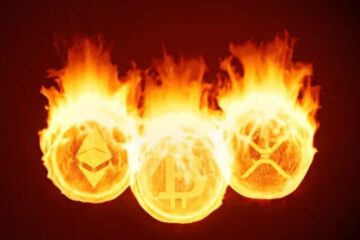Gas fees on Ethereum are the transaction costs paid to miners or validators for processing and securing the network. These fees are crucial for the network’s functionality, but they’ve become notorious for spiking unpredictably. This explainer breaks down what gas fees are, why they fluctuate so wildly, and what Ethereum is doing to reduce them.
Table of Contents
What Are Ethereum Gas Fees, Exactly?
Think of gas as the fuel that powers every action on the Ethereum blockchain—whether you’re sending ETH, minting an NFT, or interacting with a smart contract. Every operation requires computational power, and gas fees compensate the network for that effort.
Gas is measured in gwei, a small denomination of ETH (1 ETH = 1 billion gwei). You pay this fee to validators who include your transaction in the blockchain. No gas? No transaction.
Why Are Gas Fees So High?
Let’s get into the meat of it. High Ethereum gas fees are usually the result of network congestion. The more people trying to use Ethereum at once, the more competition there is to get transactions processed. And since Ethereum operates on an auction-style model, users bid higher fees to expedite confirmation times.
Also Read: What Is a Hard Fork in Cryptocurrency? Real Examples You Should Know
Here are the key reasons gas fees soar:
- Limited block space: Ethereum can only process a certain number of transactions per second.
- High demand: During NFT launches, DeFi activity, or market panic, everyone’s scrambling to make transactions—driving fees skyward.
- Complexity of smart contracts: More complex operations (like DeFi swaps or multi-step contract calls) consume more gas.
- Base fee + tip: Post-EIP-1559, each transaction includes a base fee (burned) and a tip (to incentivize validators). When demand is high, tips tend to increase.
A Quick Breakdown of How Gas Fees Are Calculated
After Ethereum’s EIP-1559 upgrade, gas fees are calculated like this:
Total Fee = (Base Fee + Tip) × Gas Limit
- Base Fee: Set automatically based on network demand.
- Tip: A small extra amount that users add to incentivize faster processing.
- Gas Limit: Maximum amount of gas you’re willing to use.
If your transaction is simple—like sending ETH—it may use 21,000 units of gas. But if you’re interacting with a smart contract, that could easily jump into the hundreds of thousands.
Case Study: Gas Fee Spikes in Action
Let’s say there’s a hot NFT mint on Ethereum. Thousands of users are fighting to mint at the same time. Miners (now validators post-Merge) prioritize transactions with higher tips. Suddenly, users are paying $100+ in gas just to mint a free NFT.
Sounds ridiculous? It’s happened many times. This is the very essence of why people ask, “Why are Ethereum gas fees so high?”
What’s Being Done to Reduce Gas Fees?
Ethereum is painfully aware of its gas fee issues. Here’s what’s being done:
1. The Ethereum Merge
The move from Proof of Work to Proof of Stake (completed in September 2022) made Ethereum more energy efficient but didn’t directly reduce gas fees. However, it paved the way for scalability improvements.
2. Layer 2 Solutions
Projects like Arbitrum, Optimism, zkSync, and Base are Layer 2 networks built on Ethereum. They process transactions off-chain, then post summaries back to Ethereum, reducing congestion and gas costs dramatically.
For example, a transaction that might cost $15 on Ethereum L1 could cost just a few cents on L2.
3. Proto-Danksharding & Future Upgrades
Ethereum’s roadmap includes EIP-4844 (Proto-Danksharding)—a major update to reduce L2 data costs, and eventually full sharding to massively scale throughput. These improvements aim to make Ethereum cheaper and faster.
Also Read: What Is Hash Rate and Why Does It Matter in Bitcoin Mining?
Tips to Pay Less in Gas Fees
While we wait for full-scale Ethereum upgrades, here are some real-world tips to reduce your gas burden:
- Time it right: Gas fees are typically lower on weekends and off-peak hours.
- Use Layer 2s: Consider using Arbitrum, Optimism, or Base when available.
- Batch transactions: Some dApps let you batch actions together to save gas.
- Set a gas tracker alert: Use tools like ETH Gas Station or Etherscan’s gas tracker to monitor costs.
Is Ethereum Still Worth It With High Gas?
That’s the million-dollar question. Despite its high fees, Ethereum remains the most secure, decentralized smart contract platform with a massive ecosystem. But for average users or small transactions, the high gas fees can be a barrier—hence the rise of L2s and alternative chains.
Final Thoughts
Ethereum gas fees aren’t random—they’re the result of simple supply and demand economics on a busy, high-value network. While they’ve been frustrating, the future is looking brighter. With L2 adoption growing and scalability improvements on the horizon, Ethereum is actively evolving to make those painful $50 gas fees a thing of the past.




